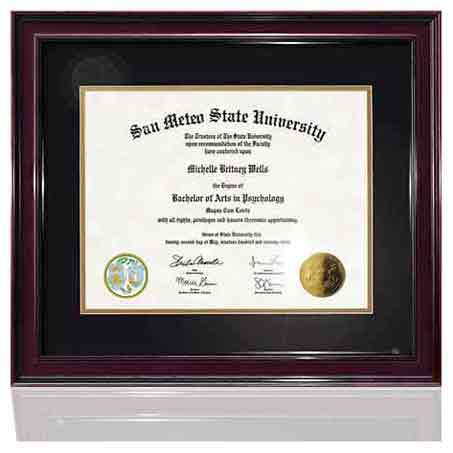Education is one of the most powerful tools for personal and professional advancement, and the documents that validate it hold immense significance. Among these, transcripts and degree certificates are essential records that authenticate an individual’s academic achievements. These documents not only serve as proof of qualification but also act as gateways to further education and employment opportunities. Understanding the value, purpose, and proper handling of transcripts and degree certificates is crucial for every student and professional.

Transcripts and degree certificates serve as official evidence of a student’s educational journey. A transcript provides a detailed record of courses taken, grades earned, and the overall performance throughout an academic program. In contrast, a degree certificate is a formal recognition that the student has successfully completed the program requirements and has been awarded a specific qualification. Together, transcripts and degree certificates form the foundation for verifying an individual’s academic background, which is often required by universities, employers, and licensing bodies.
When applying for higher education, transcripts and degree certificates are indispensable. Universities across the world require applicants to submit these documents to assess their eligibility for admission. A transcript helps admissions committees evaluate an applicant’s academic strengths and readiness for advanced study, while the degree certificate confirms that the individual has completed the necessary prerequisites. Without authentic transcripts and degree certificates, an application may be considered incomplete or invalid, emphasizing their importance in the admissions process.
In the job market, transcripts and degree certificates play a significant role in establishing credibility and competence. Employers often request these documents to verify the educational qualifications stated on a résumé. A degree certificate demonstrates that the candidate has obtained the relevant knowledge and skills, while a transcript provides additional insights into their academic performance and consistency. For positions that require specialized knowledge, transcripts and degree certificates can help employers identify candidates with the right educational background and expertise.
For international opportunities, transcripts and degree certificates become even more crucial. When students or professionals move abroad for education or employment, they often need to have their documents authenticated through processes such as attestation or equivalency evaluation. These procedures ensure that transcripts and degree certificates are recognized by foreign institutions and employers. In many countries, government agencies or authorized organizations verify these documents to confirm their legitimacy and alignment with local education standards.
Maintaining accurate and secure transcripts and degree certificates is essential. Losing these documents can lead to significant challenges when applying for further education or employment. Most universities issue only one original degree certificate, and replacing it can be a lengthy and complicated process. Therefore, it is advisable for graduates to keep their transcripts and degree certificates in a safe place and make certified copies for official use when required. Many institutions now provide digital versions to make access and verification more convenient.
The authenticity of transcripts and degree certificates is a growing concern due to the rise of fraudulent documents. Fake degrees and altered transcripts have become a global issue, undermining the integrity of educational systems and employment processes. To combat this, many institutions and employers use online verification systems and secure digital platforms. These technologies help confirm the authenticity of transcripts and degree certificates, ensuring that only genuine qualifications are recognized and accepted.
In addition to their academic and professional functions, transcripts and degree certificates also hold sentimental value. They represent years of dedication, hard work, and perseverance. For many graduates, these documents symbolize a major life milestone and the beginning of new opportunities. Whether framed on a wall or stored carefully for future use, transcripts and degree certificates serve as lasting reminders of one’s academic accomplishments and personal growth.
Digital transformation has significantly changed how transcripts and degree certificates are managed and shared. Many universities now issue electronic credentials that can be easily accessed, verified, and submitted online. These digital records reduce the risk of loss, forgery, and delays. Employers and institutions can instantly verify the authenticity of electronic transcripts and degree certificates through secure databases, improving efficiency and transparency in the verification process. This modernization reflects the evolving nature of education in the digital age.
Ultimately, transcripts and degree certificates are more than just pieces of paper—they are instruments of opportunity and recognition. They validate the effort and knowledge gained through education, serving as bridges to new academic and professional achievements. Whether used to pursue advanced studies, apply for a dream job, or relocate abroad, transcripts and degree certificates remain indispensable assets in an individual’s journey toward success. Taking proper care of these documents and ensuring their authenticity is a responsibility that every graduate should uphold.
